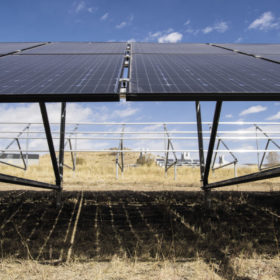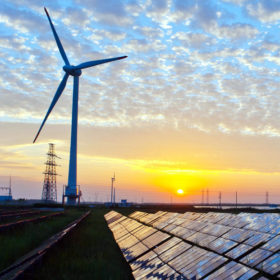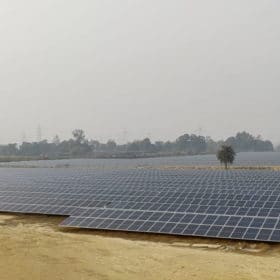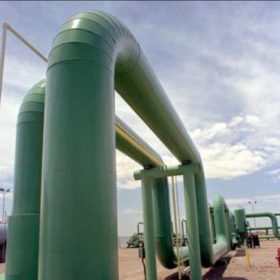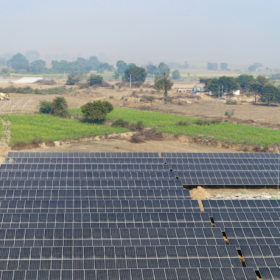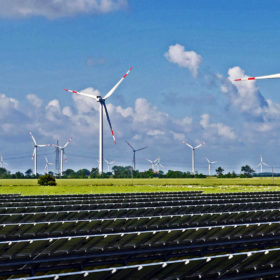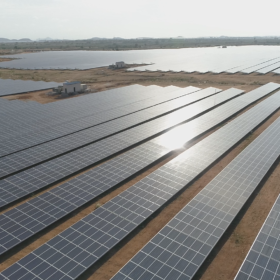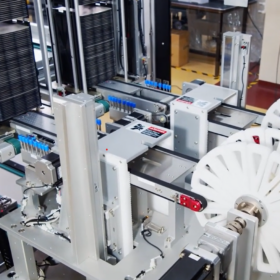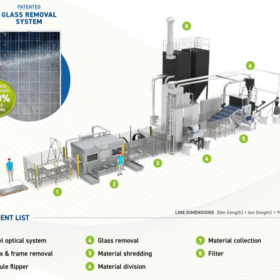IEA calls for annual additions of solar PV to reach 630 GW by 2030
According to the International Energy Agency, most of the global reductions in CO2 emissions between now and 2030 would come from technologies available today. In a recent report, the agency sets what it described as a “cost-effective and economically productive” pathway resulting in an energy economy “dominated by renewables like solar and wind.”
Renewables accounted for 64% of India’s electricity generation capacity addition in FY21
India added 7.7 GW of new renewable energy (RE) capacity in FY2020-21, out of which 5.5 GW (71%) came from solar (grid-scale and rooftop) alone. Overall power generation capacity addition for the year stood at 12.1 GW.
Vikram Solar commissions largest single-site PV project of Uttar Pradesh
Following a 140 MW solar capacity, the EPC contractor has commissioned an additional 85 MW for NTPC at Bilhaur in the Kanpur district. This takes the total project capacity to 225 MW, making it the State’s largest single-site PV plant.
‘Hydrogen as a universal climate solution might be a bit of false promise’
Hydrogen and hydrogen-based fuels will not be able to move forward fast enough to replace fossil fuels and tackle climate change, according to a German-Swiss research team that claims direct electrification alternatives are cheaper and easier to implement. The scientists cite too-high prices, short-term scarcity and long-term uncertainty, as the main reasons for their skepticism.
Bidding extended for 75 MW solar project in Uttar Pradesh
Developers now have until May 18 to bid for setting up the capacity in the Uttar Pradesh Solar Park. Technical bid shall be opened on May 19.
Maharashtra Discom tenders for purchase of 500 MW of wind-solar power
The selected bidders shall set up wind-solar hybrid power projects to supply the generated power under a 25-year PPA. Bidding closes on June 8.
India ranked third most attractive country for solar investment
India ranks behind the United States and China in IHS Markit’s latest rankings of most attractive solar markets.
Virescent Infrastructure acquires 76 MW of operating solar assets in India
US investor KKR-backed Virescent Infrastructure has acquired Singapore-based Sindicatum Group’s operating solar assets in three Indian states. The acquired PV projects benefit from long-term power purchase agreements with government counterparties.
Maharashtra discom tenders for purchase of 500 MW solar power
Solar power generators have until June 4 to bid for supplying the power from their proposed or existing PV projects under a 25-year PPA.
Rising Sun Energy seeking EPC partners for its 190 MW Rajasthan solar project
The developer has issued a tender to select EPC partners for the grid-connected solar capacity in Nokh Solar Park of Rajasthan. Bidding closes on May 12.
